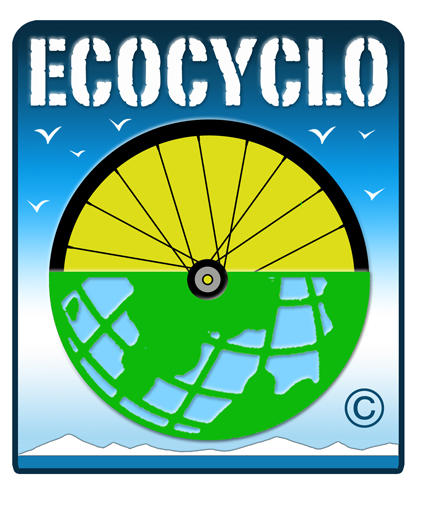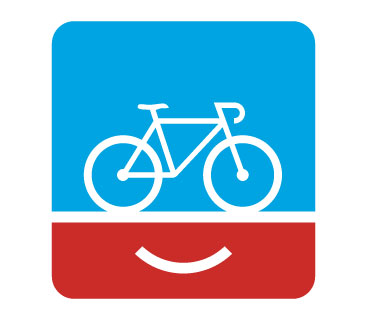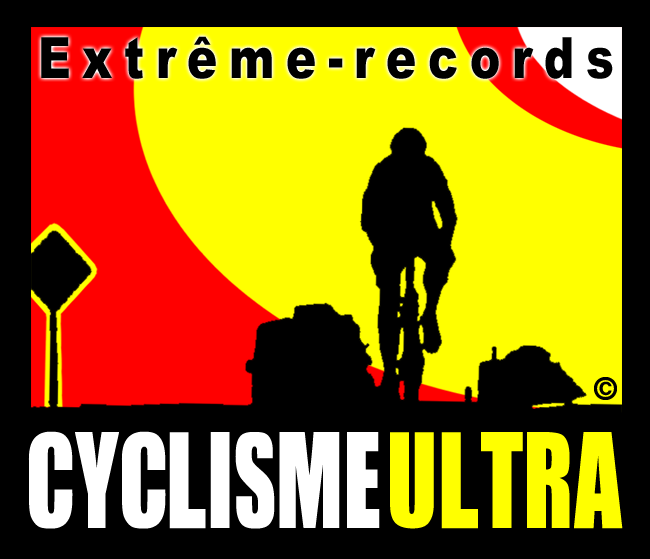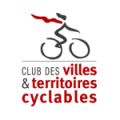Le Vélo Copenhague, la roue qui donne de l’énergie!
Le MIT utilise l’événement qui regroupe les chefs d’Etat en ce moment au Danemark. La célèbre Université de technologie présente le Vélo Copenhague, L’innovation se trouve dans la roue du vélo.
Après les voitures hybrid voici que les vélos hybrid ont la côte.
Cette roue pourra s’adapter sur pratiquement tous les vélos. Elle est équipée d’un moteur électrique au niveau du moyeu. Elle récupère l’énergie lors des phases de freinage et aide au pédalage lors des montées.
Autre innovation, elle est équipée d’une connexion Bluetooth et communiquera avec l’iPhone pour devenir un véritable coach sportif en mesurant différents paramètres (vitesse, accélération,…)
Cette roue sera disponible en 2010 et son prix de vente de 1000 USD environ s’approchera du prix de vente de certains vélos électriques.
 Source: Veloptimum
Source: Veloptimum
Droits réservés
For Bicyclists Needing a Boost, This Wheel May Help
Sindya N. Bhanoo
It is not easy to reinvent the wheel, but researchers at the Massachusetts Institute of Technology are giving it their best shot.
The Senseable City Laboratory at M.I.T. has designed a wheel that captures the kinetic energy released when a rider brakes and saves it for when the rider needs a boost. While technically sound, the wheel´s true challenge may be in winning over cyclists. For centuries, bikes have been beloved for their simplicity, not their bells and whistles.
But, said Carlo Ratti, the laboratory´s director, « biking can become even more effective than what it was. » What the lab is working on, he said, is «Biking 2.0. »
The new wheel uses a kinetic energy recovery system, the same technology used by hybrid cars, like the Toyota Prius, to harvest otherwise wasted energy when a cyclist brakes or speeds down a hill. With that energy, it charges up a battery inside the wheel´s hub.
The sleek red hub, called the Copenhagen Wheel, was to be unveiled Tuesday morning in Copenhagen. It can be retrofitted to any bike´s rear wheel, and it includes sensors that track air quality, a meter that logs miles and a GPS unit to track routes. All that data can be sent via Bluetooth to a rider´s smartphone and shared with others.
The laboratory is trying to eliminate the clunkiness of other electric bikes with heavy batteries and unwieldy wires by placing all the technology into the wheel, said Christine Outram, the project´s lead researcher.
« It´s a technology that can get more people on bikes, » she said.
But other experts are skeptical.
« Just the basic bike is so hard to beat, » said Steve Hed, a wheel designer and the owner of Hed Cycling Products in Shoreview, Minn., who has fitted wheels for the likes of Lance Armstrong. « The latest thing now are the simple, fixed-gear bikes, so simple and light you can throw them over your shoulder. »
This is a period of change in the bicycle design world, said Jens Martin Skibsted, a Danish designer who owns the biking company Biomega and the design firm Kibisi. Mr. Skibsted believes that over the next few years several popular new designs will emerge to serve an increasingly urban population trying to wean itself off cars.
In such periods of change, he said, « the winner will seldom be the one that´s most functional, but rather the one that can become an inherent part of our culture. »
« This wheel looks nice, » he continued. « Whether it will be long lasting, I cannot say. »
Back at M.I.T., another research group is hedging its bets on a different wheel model, spurning regenerative braking as an excessive addition.
« Regenerative braking hardware adds mass, complexity and cost, and the energy efficiency gains from it turn out to be surprisingly limited, » said William Mitchell, who runs a lab at M.I.T. called SmartCities, a research group devoted to improving urban energy efficiency through technology.
One of Dr. Mitchell´s doctoral students, Michael Lin, is also building an electric bike wheel, but it has to be plugged in to charge.
Mr. Lin is considering adding regenerative components as an external accessory, but not as a component embedded into the wheel´s hub.
« It´s a design tradeoff, » he said, « and my priority is to create a bike that is a true transportation tool. »
Mr. Hed, the longtime wheel maker, said that, if made well, both the Copenhagen Wheel and the GreenWheel might have a niche market – among bikers with a medium-length commute on modest hills.
« It could be great for people who have a 10-mile commute and don´t want to show up at work sweating, » he said.
Elderly bikers might also make a good target, Mr. Hed said. « For my mother it would be perfect, » he said. « She loves riding her bike and has one or two hills on her normal route that this could help with. »
Le JDC. 12/2009












